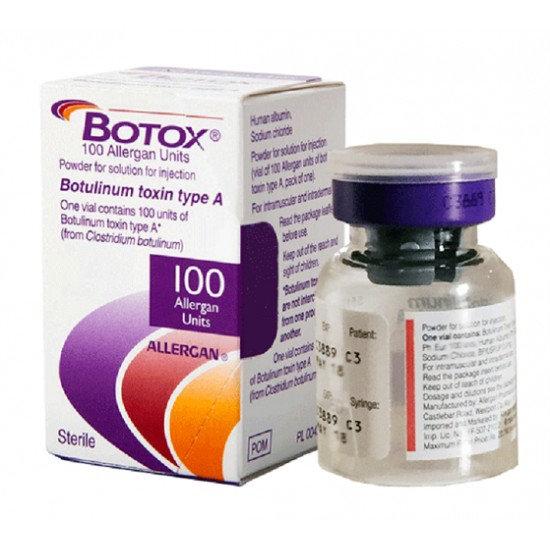Botox Drug Interactions
Currently displaying a list of 120 drugs known to interact with Botox (onabotulinumtoxinA).
- 25 major drug interactions
- 95 moderate drug interactions
Medications known to interact with Botox
Note: Showing generic names only.
- abobotulinumtoxinA
- acrivastine
- amikacin
- amikacin liposome
- amitriptyline
- amoxapine
- atracurium
- atropine
- azatadine
- carbinoxamine
- carisoprodol
- chlorcyclizine
- chlorphenesin
- chlorpheniramine
- chlorpromazine
- chlorzoxazone
- cisatracurium
- clemastine
- clidinium
- clomipramine
- clozapine
- colistimethate
- cyclizine
- cyclobenzaprine
- cyproheptadine
- dantrolene
- darifenacin
- daxibotulinumtoxinA
- desipramine
- dexbrompheniramine
- dexchlorpheniramine
- dicyclomine
- dimenhydrinate
- diphenhydramine
- disopyramide
- doxacurium
- doxepin
- doxepin topical
- doxylamine
- maprotiline
- meclizine
- mepenzolate
- mesoridazine
- metaxalone
- methdilazine
- methocarbamol
- methotrimeprazine
- methscopolamine
- metocurine
- mivacurium
- molindone
- pancuronium
- paromomycin
- perphenazine
- phenindamine
- pimozide
- pipecuronium
- plazomicin
- polymyxin b
- prabotulinumtoxinA
- prochlorperazine
- procyclidine
- promazine
- promethazine
- propantheline
- propiomazine
- protriptyline
- pyrilamine
- thiethylperazine
- thioridazine
- thiothixene
- tiotropium
- tizanidine
- tobramycin
- tolterodine
- trifluoperazine
- triflupromazine
- trihexyphenidyl
- trimeprazine
- trimipramine
- tripelennamine
- triprolidine
- trospium
- tubocurarine
Botox disease interactions
There are 3 disease interactions with Botox (onabotulinumtoxinA) which include:
More about Botox (onabotulinumtoxinA)
- Botox consumer information
- Check interactions
- Compare alternatives
- Pricing & coupons
- Reviews (480)
- Drug images
- Latest FDA alerts (3)
- Side effects
- Dosage information
- Patient tips
- During pregnancy
- Support group
- FDA approval history
- Drug class: skeletal muscle relaxants
- Breastfeeding
- En español
Related treatment guides
Drug Interaction Classification
| Highly clinically significant. Avoid combinations; the risk of the interaction outweighs the benefit. | |
| Moderately clinically significant. Usually avoid combinations; use it only under special circumstances. | |
| Minimally clinically significant. Minimize risk; assess risk and consider an alternative drug, take steps to circumvent the interaction risk and/or institute a monitoring plan. | |
| No interaction information available. |
See also:
Aimovig
Learn about Aimovig (erenumab-aooe) a once-monthly, injectable medication that can be ...
Ubrelvy
Ubrelvy (ubrogepant) tablets are used for the acute treatment of migraine. Includes Ubrelvy side ...
Qulipta
Qulipta is used to help prevent episodic or chronic migraine headaches in adults. Qulipta is an ...
Nurtec ODT
Nurtec ODT (rimegepant) is used to treat acute migraines and prevent episodic migraines, by ...
Xeomin
Xeomin (incobotulinumtoxinA) is used to treat cervical dystonia, blepharospasm, upper facial lines ...
Dysport
Dysport (abobotulinumtoxinA) is used to treat cervical dystonia, glabellar lines and limb ...
Botox Cosmetic
Botox Cosmetic is a prescription treatment for fine lines and wrinkles. It temporarily improves the ...
Tazorac
Tazorac cream and gel is used to treat acne and plaque psoriasis. Includes Tazorac side effects ...
Further information
Always consult your healthcare provider to ensure the information displayed on this page applies to your personal circumstances.


